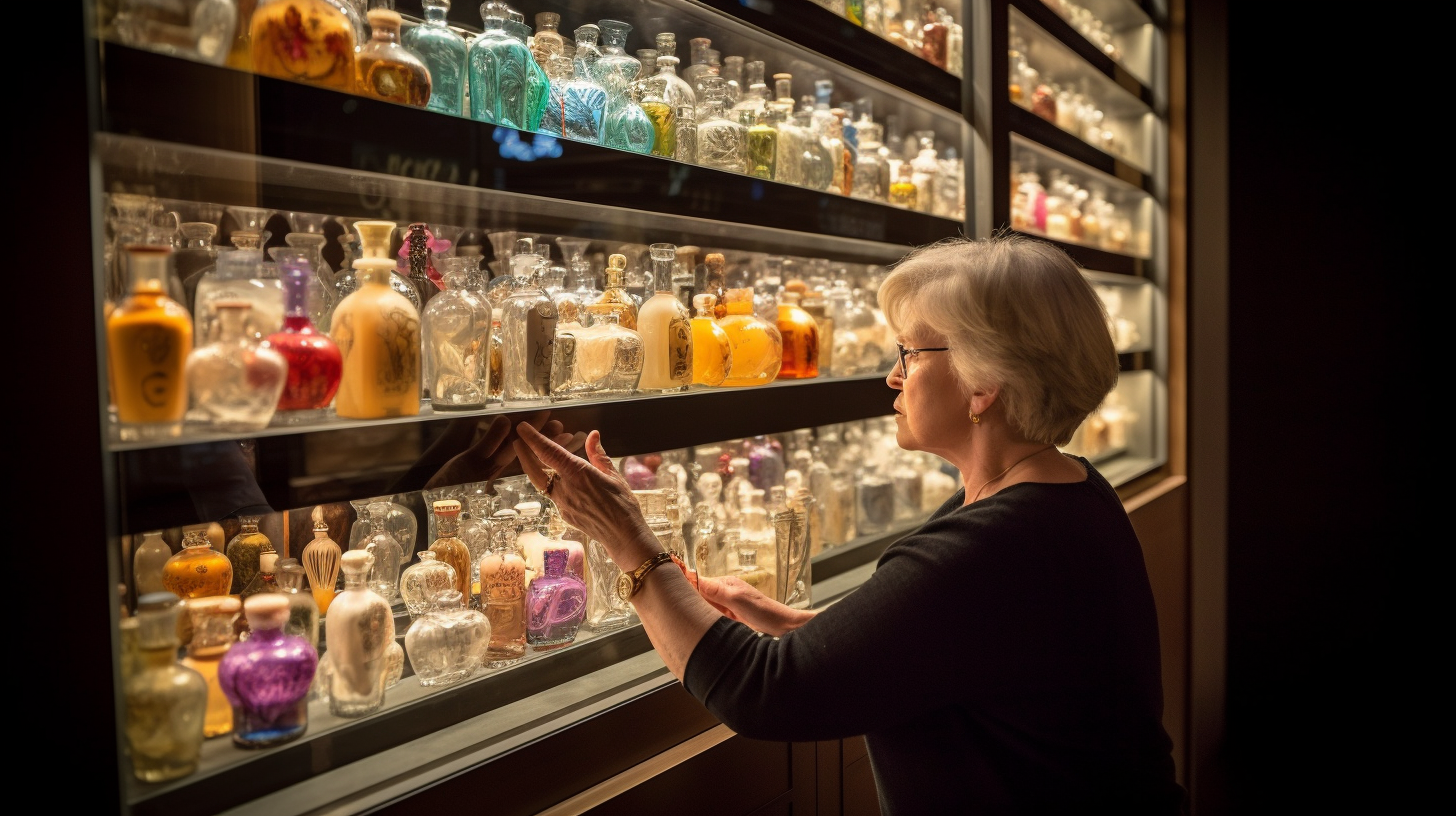Understanding Fragrance Classifications and Scent Types: A Comprehensive Guide
Have you ever wondered why some perfumes smell sweet and floral while others have a musky and woody scent? The secret lies in understanding fragrance classifications and scent types. In the world of perfumery, fragrances are categorized into different classifications based on their composition and ingredients. Additionally, scents can be classified into various types, each with its own unique characteristics. By understanding these classifications and types, you can navigate the world of fragrances with confidence and find the perfect scent that suits your preferences.
Fragrance Classifications
Fragrance classifications categorize perfumes based on their concentration of aromatic compounds, also known as perfume oils or essences. These classifications determine the intensity and longevity of a fragrance. Let’s explore the main fragrance classifications:
- Perfume (Parfum): Perfume has the highest concentration of aromatic compounds, typically ranging from 20% to 30%. It is the most potent and long-lasting fragrance type, often lasting for more than 8 hours on the skin. Due to its high concentration, perfume is also the most expensive option.
- Eau de Parfum (EDP): Eau de Parfum contains a lower concentration of aromatic compounds, usually between 15% to 20%. It offers a long-lasting scent that can linger on the skin for up to 6 hours. Eau de Parfum is a popular choice for those who prefer a strong fragrance without breaking the bank.
- Eau de Toilette (EDT): Eau de Toilette has a lighter concentration compared to perfume and eau de parfum, typically ranging from 5% to 15%. It provides a moderate scent that lasts for around 3 to 4 hours. Eau de Toilette is a versatile option suitable for everyday wear.
- Eau de Cologne (EDC): Eau de Cologne has the lowest concentration of aromatic compounds, usually ranging from 2% to 4%. It offers a light and refreshing scent that lasts for approximately 2 hours. Eau de Cologne is commonly used as a body splash or aftershave.
Understanding fragrance classifications can help you choose the right type of perfume based on your desired intensity and longevity. If you prefer a long-lasting scent, opt for perfume or eau de parfum. On the other hand, if you prefer a lighter fragrance for everyday use, eau de toilette or eau de cologne may be more suitable.
Scent Types
In addition to fragrance classifications, scents can also be categorized into different types based on their olfactory characteristics. These scent types describe the dominant notes and overall character of a fragrance. Let’s explore the main scent types:
- Floral: Floral scents are characterized by the aroma of flowers such as rose, jasmine, lily, and lavender. They exude femininity and elegance, making them popular choices for romantic occasions or daytime wear.
- Oriental: Oriental scents are warm, exotic, and often evoke sensuality. They feature notes such as amber, vanilla, spices, and musk. Oriental fragrances are perfect for evening wear or when you want to make a bold statement.
- Citrus: Citrus scents are fresh and invigorating with vibrant notes of lemon, orange, grapefruit, and bergamot. They are perfect for summer or daytime wear, as they provide a refreshing and uplifting experience.
- Woody: Woody scents are characterized by earthy and warm notes such as sandalwood, cedarwood, and patchouli. They often have a masculine vibe but can be enjoyed by anyone who appreciates a rich and grounding fragrance.
- Fruity: Fruity scents feature the juicy and sweet notes of fruits like apple, peach, strawberry, and pineapple. They offer a playful and youthful character, making them ideal for casual occasions or when you want to add a touch of fun to your day.
Understanding scent types can help you identify the fragrances that align with your personal preferences. Whether you prefer the elegance of floral scents or the warmth of oriental fragrances, knowing the different scent types allows you to explore a wide range of options and find the perfect fragrance that resonates with you.
The Difference between Fragrance Classifications and Scent Types
Now that we have explored fragrance classifications and scent types individually, let’s understand the key differences between them:
- Fragrance classifications focus on the concentration of aromatic compounds in a perfume, determining its intensity and longevity. On the other hand, scent types describe the olfactory characteristics of a fragrance based on its dominant notes and overall character.
- Fragrance classifications help in choosing a perfume based on how long it lasts on the skin. Scent types help in identifying fragrances that align with personal preferences based on their olfactory characteristics.
- Fragrance classifications are standardized across the industry and can be found on perfume packaging labels. Scent types are more subjective and open to interpretation as they rely on individual perceptions and preferences.
By understanding the difference between fragrance classifications and scent types, you can make more informed decisions when selecting a perfume. Consider both factors to find a fragrance that not only suits your desired intensity and longevity but also resonates with your personal taste and style.
Conclusion
Fragrance classifications and scent types play crucial roles in the world of perfumery. Understanding these concepts empowers you to make informed choices when selecting a perfume that aligns with your preferences. Fragrance classifications guide you in choosing a perfume based on its concentration, while scent types help you identify fragrances that suit your olfactory preferences. By combining this knowledge, you can confidently explore the world of fragrances, finding scents that enhance your mood, style, and personal expression.




